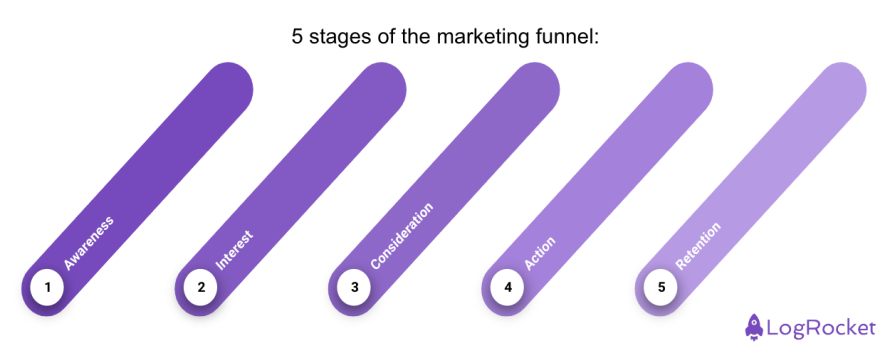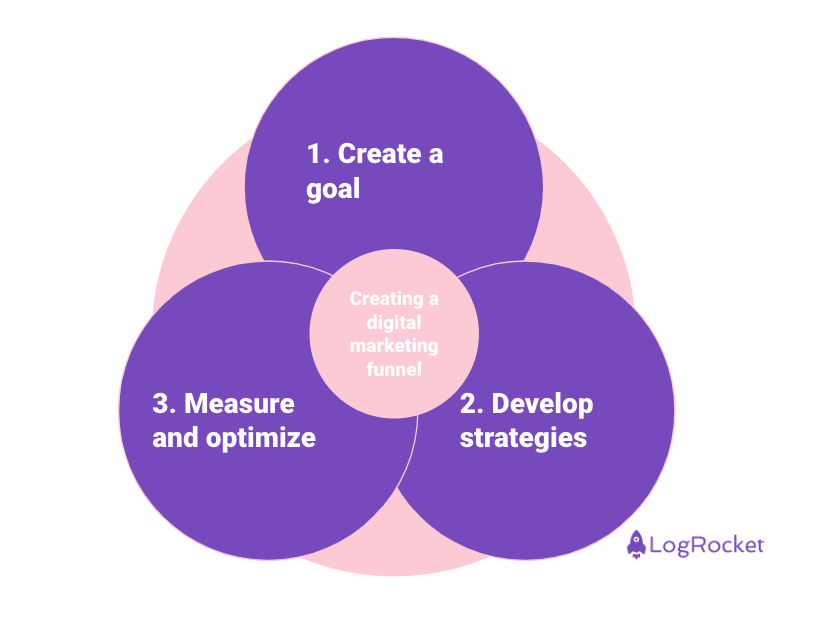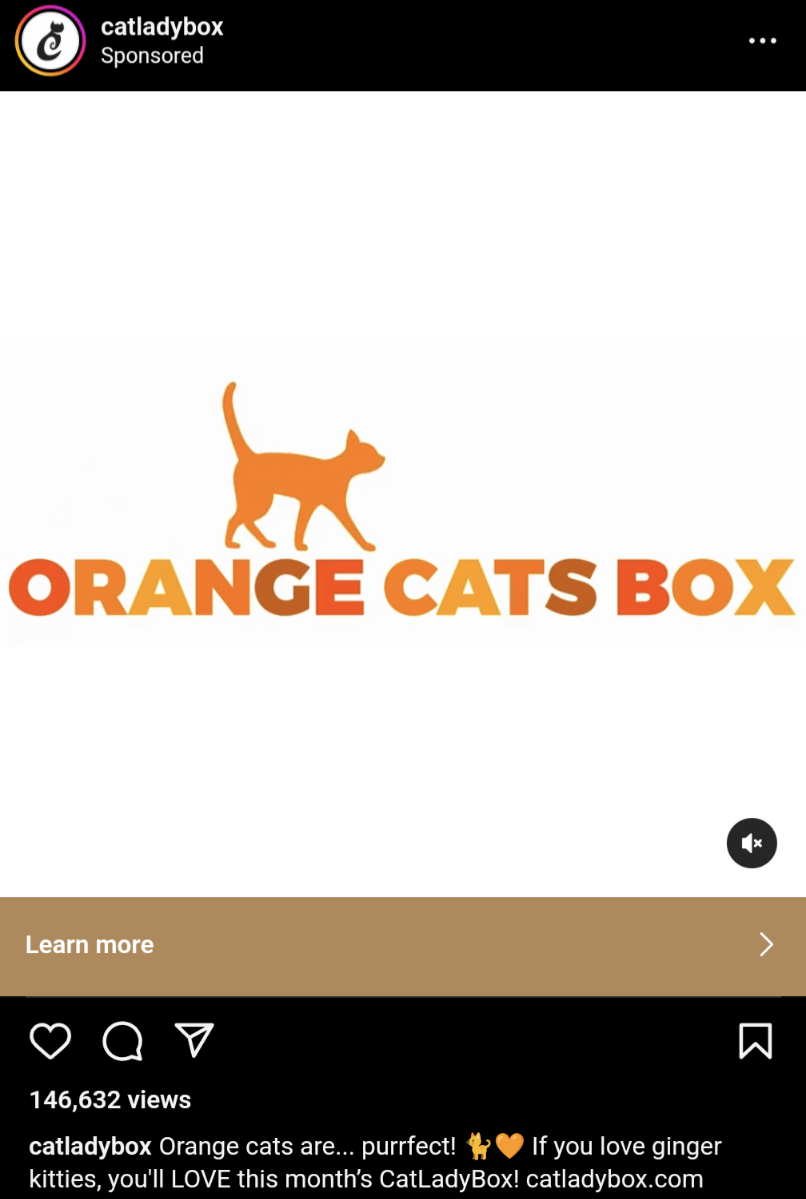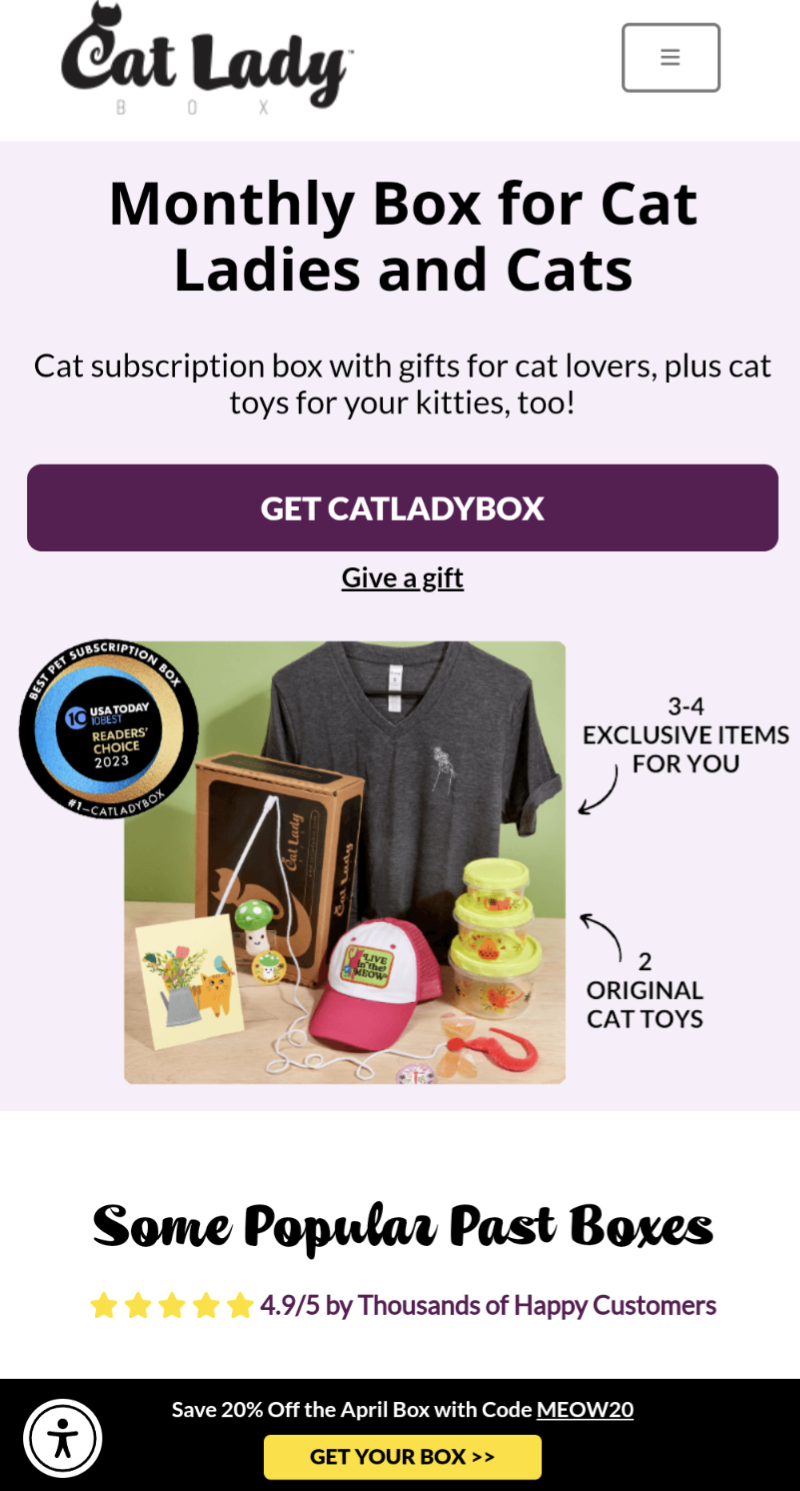Customers don’t always operate in step-by-step ways, especially when it comes to online shopping or browsing. Their path to purchase is often personal, complex, and nonlinear.

Consumers often need flexibility and marketing strategies should adapt to that. The digital marketing funnel is a strategic model that can help guide online customers through the buying process.
By understanding the different stages and strategies of the digital marketing funnel, companies are better equipped to handle the unique challenges of the online consumer and help them purchase your product.
In this article, we’ll cover the key elements of the digital marketing funnel, explore a real-life example, and how to create an effective digital marketing funnel.
The digital marketing funnel is a visual representation of the customer’s journey as it moves through online channels. It provides specific segments, or stages, that can help marketers determine what a customer needs in each phase. Implementing a digital marketing funnel ensures customers get the exact information they need at the right time.
A digital marketing funnel also sets the stage to optimize your campaign. It can help you collect data on what is and isn’t resonating with customers. Overall, an efficient digital marketing funnel leads to better lead generation, increased conversions, and enhanced customer relationships.
The marketing funnel encompasses a broader model of the entire customer journey. The digital marketing funnel doesn’t depict the customer journey as linear. Sometimes online customers skip some steps altogether. A marketing funnel should be able to meet customers wherever they are and help guide them to a desired action.
Regardless, there are still distinct stages that can help formulate a marketing strategy. The marketing funnel is usually broken down into five stages:

The first stage involves a customer noticing your product or brand. The goal is to capture the attention of as many people as possible. Building brand awareness is crucial to attracting new customers. Some tactics to raise awareness include:
Capturing attention is hard, but getting customers interested in learning more can be harder. In this stage, you want to encourage users to take an interest in your brand. You want them to engage and do actions like check out your website and discover your product.
Some strategies to enable interest include:
In the consideration stage, customers are determining if your product is the right one for them. They’re still in a learning phase and your job is to provide them with the materials they need to make an informed decision. Your messaging should emphasize why your product is different from competitors and what solutions it provides.
Some key tactics to help customers in the consideration stage include:
At this stage, customers are educated on what your product can do, but they need the final push to try it. You need to provide an incentive to encourage customers to take action. You may also want to collect leads and put them in a lead nurturing campaign.
Some strategies to encourage action and capture leads include:
What makes the digital marketing funnel different from other types of marketing models is the inclusion of a retention or loyalty stage. This stage is not a linear endpoint for the funnel. Instead, it’s more like a loop to keep customers engaged with the product. Some tactics to build customer relationships include:
Traditional marketing models (like the AIDA model) often have a linear approach to marketing. It doesn’t always consider the customer retention stage and has a more narrow focus on the customer journey. Traditional marketing models are also less adaptable to the fast and digital pace of consumer behaviors.
Marketers are turning to a more modern approach by using full-funnel marketing or a digital marketing funnel. A full-funnel marketing strategy is a comprehensive approach to customer engagement. It covers all stages of the customer journey, including the customer’s initial awareness of your product and ending with a “loop” of retention and customer loyalty.
Implementing a full-funnel marketing strategy means that a customer has a consistent experience at every interaction. It helps attract new customers, convert leads, and build loyalty with existing customers.
A digital marketing funnel is a customer-centric approach. It creates a strong campaign that centers on customer needs. While every digital marketing funnel is personalized for a company’s goals, here is a general, step-by-step guide on how to develop an effective digital marketing funnel:

Creating a goal will help you structure your marketing funnel and define your target audience. Are you launching a new product? Looking to retarget people who engaged with an ad?
Determining a goal is the foundation of your digital marketing funnel. Once a funnel is established, you can move toward developing tactics for each stage.
Create and implement content and advertising campaigns that fit your goal and marketing funnel. You’ll want to create content that is valuable, relevant, and personalized throughout each stage of the funnel.
Use the funnel as a guide to determine what your audience will need as they go through the customer journey.
There is no point in a campaign if you don’t establish KPIs and measure your progress. Data is an essential tool to determine if you are reaching your customers and meeting your goals.
Collecting and analyzing data can help ensure your campaign is on the right track or if it needs adjustments.
To show you how a digital marketing funnel works in real life, I headed over to Instagram to see what targeted ads were shown to me and see how they applied the marketing funnel.
Instagram successfully labeled me as a cat lover and I was shown an ad for a cat-themed subscription box. The following grabbed my attention:

I tapped on “learn more” and was directed to the home page. It’s a prime example of how the digital marketing experience isn’t linear. The company can’t tell if I’m already ready to purchase or if I still need time to consider the product. Instead, the home page immediately offers what I might need in my customer journey stage:

As you scroll through the home page, there’s more content designed for the interest and consideration stages of the customer journey. There was a detailed description of the product, testimonials of happy customers and a “how to” guide on how the subscription box worked. The discount code stays on the screen as I scroll which helps encourage me to take action.
Overall, it’s an effective digital marketing funnel. It’s adaptable to the needs of the customer and doesn’t assume a linear progression of the customer journey.
Implementing a digital marketing funnel can come with its challenges, but there are solutions to common problems. Here are some potential problems to consider when developing a digital marketing campaign:
The digital marketing funnel is an essential part of guiding online customers through the buyer’s journey. It helps marketers determine what content and tactics are needed for each stage of the funnel. By monitoring metrics and analyzing data, marketers can optimize their campaigns to better fit the needs of their consumers.
Creating and implementing a successful full-funnel marketing strategy requires careful planning, a deep understanding of customers, and ongoing optimization. However, the potential rewards are significant. With it, you’re in a better position to sustain long-term growth, develop a competitive edge, and increase revenue.
Featured image source: IconScout

LogRocket identifies friction points in the user experience so you can make informed decisions about product and design changes that must happen to hit your goals.
With LogRocket, you can understand the scope of the issues affecting your product and prioritize the changes that need to be made. LogRocket simplifies workflows by allowing Engineering, Product, UX, and Design teams to work from the same data as you, eliminating any confusion about what needs to be done.
Get your teams on the same page — try LogRocket today.

A practical five minute revenue estimation method to help product managers compare ideas, drop low impact features, and prioritize smarter.

A practical guide for PMs who want to stop being bottlenecks, delegate smarter, and lead teams effectively with a clear ownership framework.

Stop letting unreliable data block features. Treat data as inventory to track quality, ownership, and ship with confidence.

Learn why slide decks slow teams down and explore better tools like whiteboards, PRDs, and prototypes to improve collaboration and alignment.